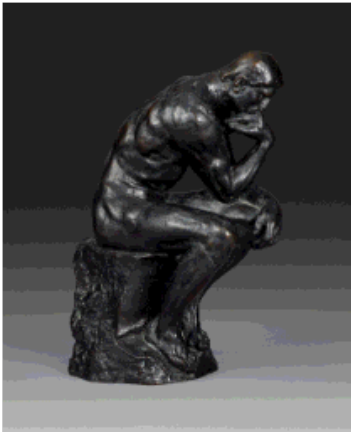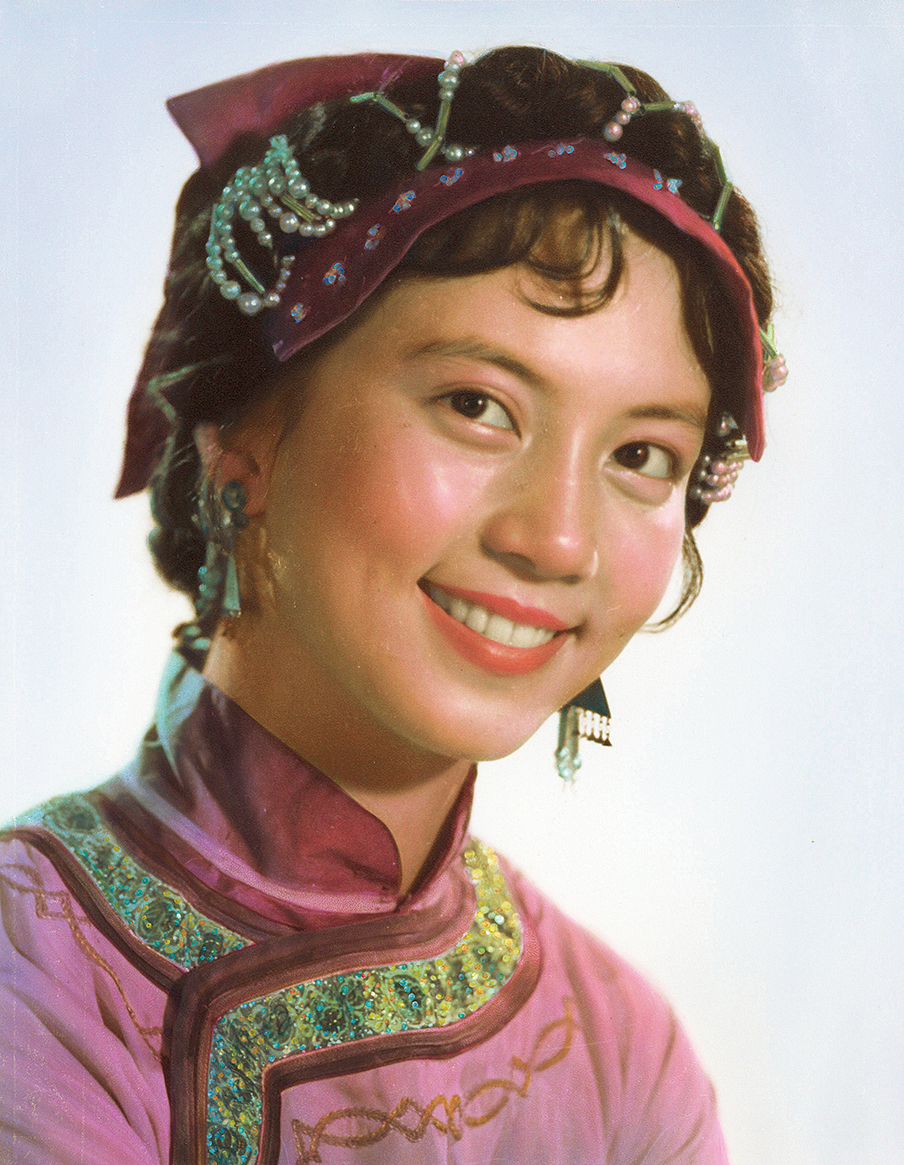
Auguste Rodin
Small Model of The Thinker (Le Penseur, petit modèle)
1903
Bronze Sculpture
Auguste Rodin (1840–1917) was born in Paris. In 1854, he enrolled in a small art school in Paris to study painting and sculpture but was rejected three times when applying to the École des Beaux-Arts de Paris. To make a living, Rodin became an apprentice in a decorative sculpture workshop. Between 1871 and 1877, he took refuge in Brussels due to the Franco-Prussian War. In 1877, his sculpture The Age of Bronze caused a sensation at the Paris Salon. In 1880, the French government commissioned him to create The Gates of Hell, a project that remained unfinished after 37 years but gave rise to some of his most renowned masterpieces, including The Thinker and The Kiss.
In 1880, Rodin was commissioned to create The Gates of Hell for the Musée des Arts Décoratifs in France. At the center of the tympanum, he initially designed a gaunt and robed figure of Dante. However, when he saw a model in his studio sitting nude on a rock, fist pressed against his chin, muscles tensed in deep contemplation, he realized: “This is not a dreamer, but a creator.” Thus, The Thinker was born—a representation of pure humanity stripped of historical attire, embodying not only the author of Divine Comedy but also a universal symbol of mankind. This small model was cast by Rodin’s preferred foundry, Alexis Rudier, preserving the textured surface of the original clay model. The bronze medium, though cool in tone, radiates the intensity of thought: the raised back muscles resemble molten lava, while the tightly clenched toes gripping the base seem poised to break free from the constraints of metal. Rodin once remarked, “True sculpture needs no pedestal; its power alone is enough to pierce the ground.” During the cultural fervor of the 1980s in China, The Thinker took on an enlightenment role in Chinese intellectual circles, and its image was widely reproduced in newspapers and magazines, while replicas appeared in bookstores, cultural centers, and countless Chinese households, carrying with them a simple reverence for the dignity of thought.


